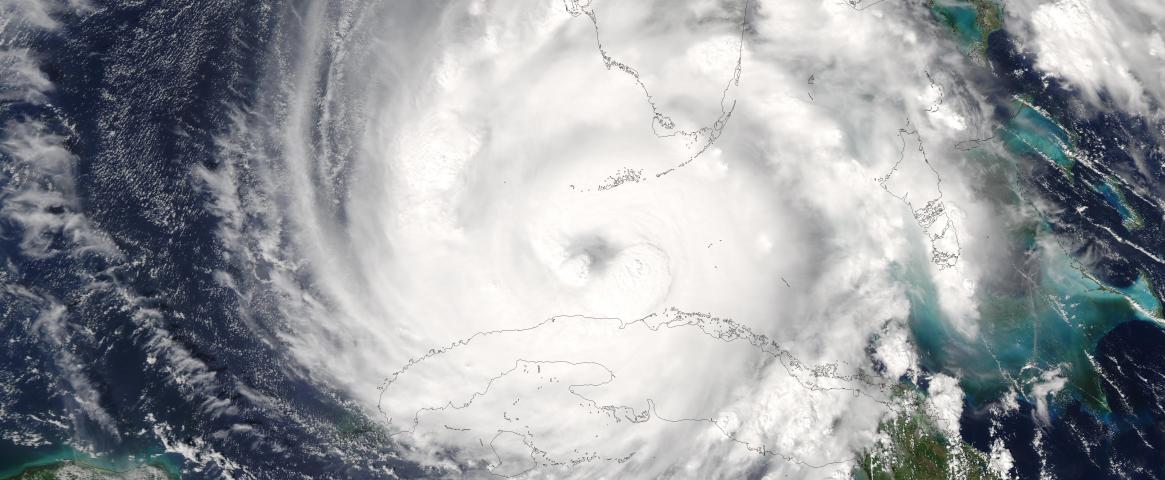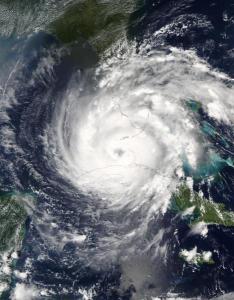By Shelby Condit
WASHINGTON — As extreme weather events have become widely covered in the media, scientists across disciplines are called on to address possible connections to climate change. They also field questions about the validity of those claims of connection and their impact on humans. Now, an emerging multidisciplinary field called event attribution can link occurrences such as a specific hurricane or heat wave to climate change with relative confidence.“When we say ‘major impacts on people,’ it’s not just an arbitrary evaluation,” said Claudia Tebaldi, a statistician at the National Center for Atmospheric Research. “There are very rigorous criteria that trigger the attention to a specific event.”
Tebaldi and colleagues spoke Feb. 16 at the 2019 American Association for the Advancement of Science annual meeting, about a National Academies of Sciences, Engineering, and Medicine {report](https://www.nap.edu/read/21852/chapter/1) that examines the new field, evaluates its methods and offers guidance on how best to interpret results.
Event attribution analyses incorporate observations of various types of events over time, calculations of the chances and magnitude of such events and creation of simulations that compare a world with human-induced climate to one without.
This line of research began in earnest after a major 2003 heat wave killed thousands of people in Europe. Researchers published a paper that estimated how human influences had increased the likelihood of the event.
Calculation of valid estimates requires rigorous criteria around which to attribute cases. Types of events that can most accurately be attributed are those happening in areas where there is long-term historical weather data , those that can be accurately simulated in climate models, and those that are not strongly influenced by human-made infrastructure or resource management actions, such as a controlled fire that gets out of hand. Connections to human-induced climate change are strongest for those events related to temperature.
“There is strong empirical evidence that these probabilities of extreme events depend on both the [carbon dioxide] record and the sea surface temperature record, both of which are being influenced by the anthropogenic effects,” said biostatistician Richard L. Smith of University of North Carolina, Chapel Hill.
Smith and his colleagues applied the field’s techniques to precipitation, creating an event map using data on major storms from stations across the U.S. gulf region between 1949 and 2018.
The team created grids using five-day precipitation periods over this geographic region. When the grids overlapped, the team removed the excess ones, revealing distinct weather events that occurred over time.
“Essentially, what comes out of this process is a time series of the 100 most extreme precipitation events,” Smith said.
Information like this helps scientists understand how extreme weather events have increased in frequency or intensity and how to more accurately predict future weather events.
The work offers an example of the range of tools event attribution scientists will need to use.
“We need … conceptual models … but we also need statistical models,” said Francis Zweirs, director of the Pacific Climate Impacts Consortium. “We need all of those to come together.”
Shelby Condit is a senior studying journalism and media communications at Colorado State University. She works in communications for the CSU Energy Institute and hopes to engage underserved communities through equity-minded science communication. Follow her on Twitter @shelbycondit and see her portfolio at shelbycondit.wordpress.com.


